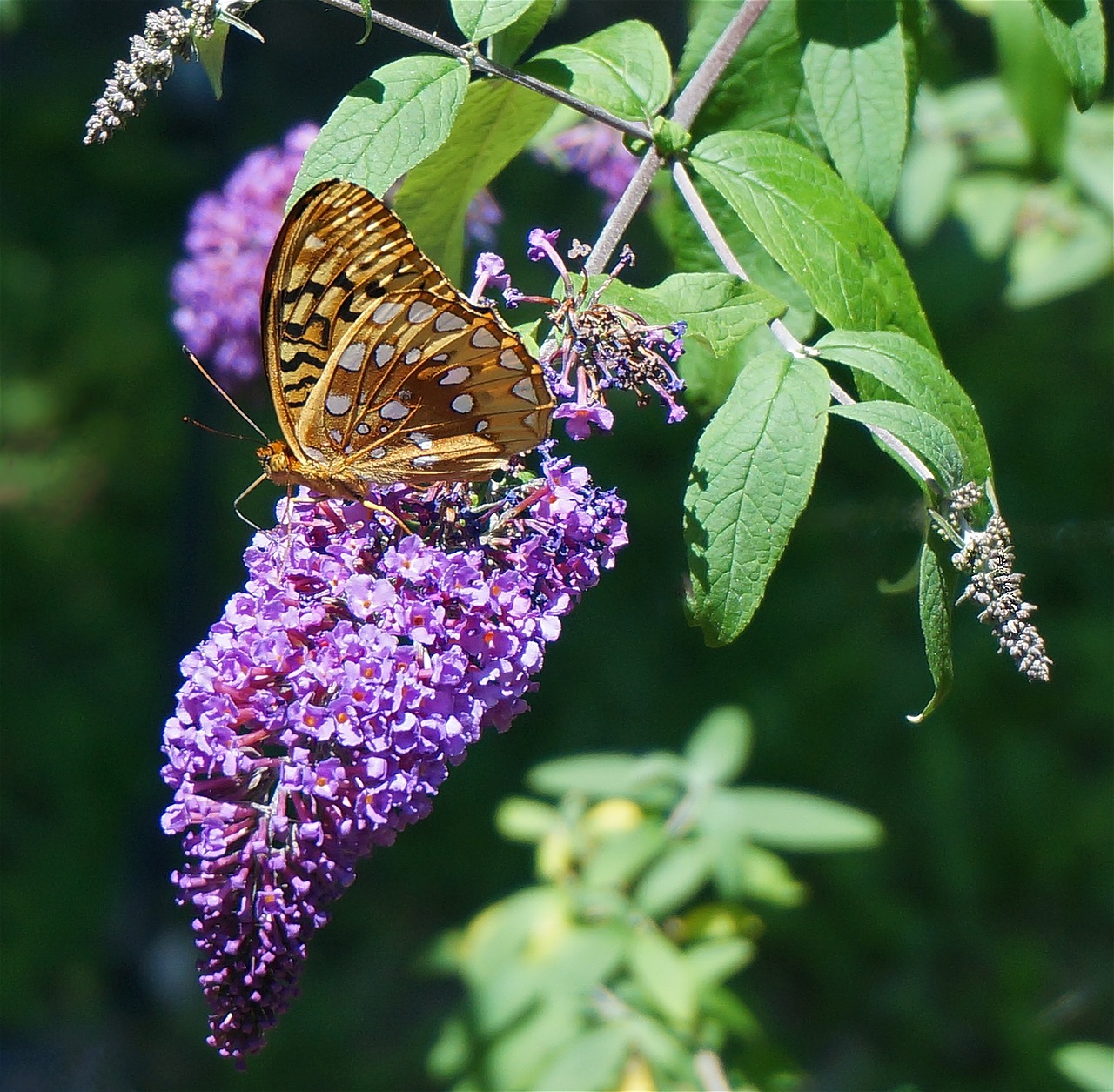
A butterfly bush is a vibrant beacon in the summer garden, attracting a kaleidoscope of winged friends with its sweet nectar. But sometimes, this exuberant shrub can get a little, well, out of control. Leggy branches flop under the weight of spent blooms, and the promise of butterflies gets lost in a tangle of foliage. With a strategic pruning session, you can transform your butterfly bush into a blooming marvel, a buzzing haven for butterflies, and a source of pride in your garden.
Understanding the Butterfly Bush: A Growth Spurt

Before we grab the shears, let’s go into the unique growth pattern of the butterfly bush. Unlike many flowering shrubs that bloom on old wood (meaning the previous year’s growth), butterfly bushes are all about the new. Flower buds form on fresh stems that emerge in spring. This means that a hard pruning, done at the right time, can actually encourage a phenomenal burst of blooms later in the season.
Here’s the trade-off: a severe pruning will sacrifice some early blooms in exchange for a much more impressive display later on. But worry not, even without those early flowers, your butterfly haven will be abuzz throughout the summer.
When to Prune: A Spring Snip for Summer Spectacle
The ideal timing for pruning your butterfly bush depends on your climate. In warmer regions with mild winters, you can prune as late as early spring, just before new growth emerges. However, in colder areas with a risk of late frosts, it’s best to wait until after the danger of frost has passed and you see signs of new buds on the branches.
Here’s a quick guide:
- Warm Climates: Prune in late winter or very early spring (February-March)
- Cold Climates: Wait until after the last frost danger has passed (late March-April)
Unleashing the Blooms: A Step-by-Step Guide
Now, let’s get down to business! Here’s what you’ll need:
- Bypass pruners (for smaller branches)
- Loppers (for thicker branches)
- Sharp gloves
- Trash bin
Step 1: Assess Your Butterfly Bush
Take a good look at your butterfly bush. How big is it? Are there any dead, diseased, or damaged branches that need immediate removal?
Step 2: Make the Main Cut
Here comes the fun part! Using your loppers, make a clean cut on each main branch, leaving about 12-18 inches of growth. Don’t be afraid to be bold! Remember, the new growth will come from these remaining stems, and the more vigorous the cut, the more flowers you’ll be rewarded with.
Step 3: Shaping Up
Now, take a closer look at the remaining branches. Are there any that are spindly or growing in an awkward direction? Use your bypass pruners to thin them out and encourage bushier growth. Aim to cut just above a healthy outward-facing bud.
Step 4: Deadheading Throughout the Season (Optional)
While a major pruning session in spring is key, don’t forget the power of deadheading throughout the summer. As blooms fade, snip them off just below the spent flower head. This not only keeps your butterfly bush looking tidy but also encourages the plant to put its energy into producing new blooms, extending the flowering season for your fluttering friends.
Butterfly Bush Bonanza: Tips for Continued Success
- Watering: Water your butterfly bush deeply after pruning, especially during hot and dry periods.
- Fertilizing: Apply a balanced fertilizer in early spring to encourage healthy new growth.
- Mulching: Spread a layer of mulch around the base of your butterfly bush to retain moisture and suppress weeds.
- Enjoy the Show! Sit back, relax, and watch your butterfly bush transform into a blooming haven for butterflies of all shapes and sizes.
Beyond the Blooms: The Unexpected Benefits of Pruning
Pruning your butterfly bush isn’t just about aesthetics and flower power. It also helps to:
- Maintain a manageable size: Regular pruning keeps your butterfly bush from becoming an overgrown monster, ensuring it stays within the designated space in your garden.
- Improve air circulation: Good air circulation helps prevent fungal diseases and keeps your butterfly bush healthy.
- Encourage new growth: By removing older, unproductive branches, you make way for vigorous new growth, ultimately leading to a healthier and more vibrant bush.
With a little strategic pruning, your butterfly bush can become the star of your summer garden. Witness the dazzling display of flowers, the captivating flutter of wings, and the joy of knowing you’ve created a haven for these beautiful pollinators.
